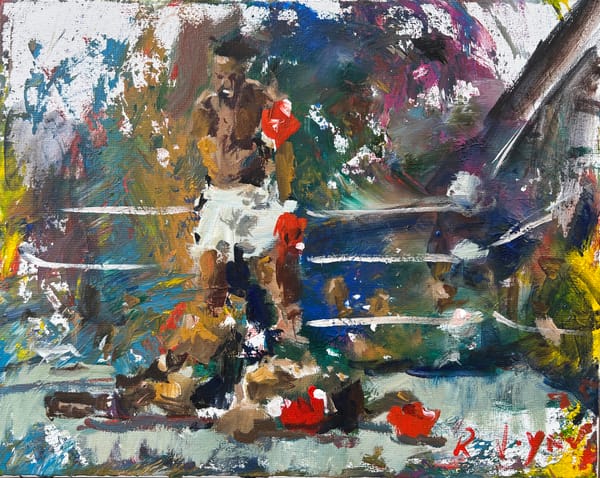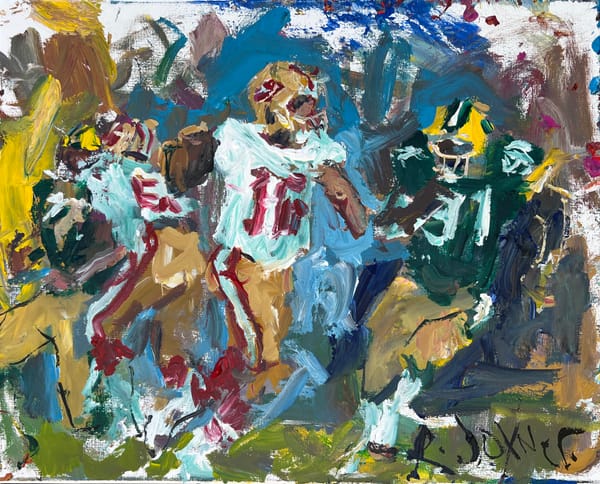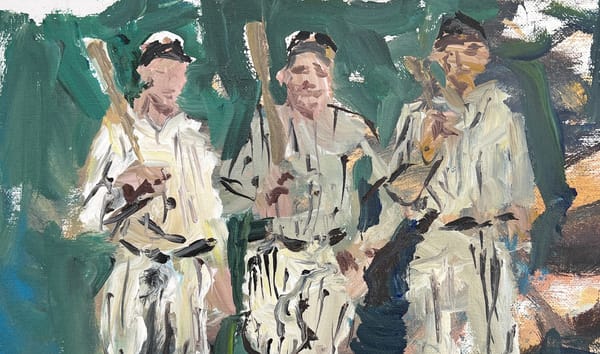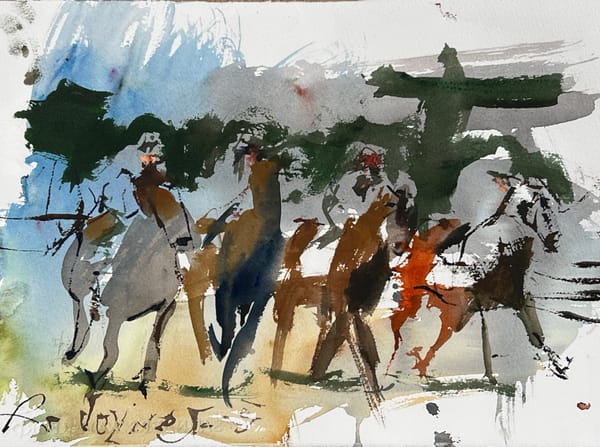The Four Essential Drawing Skills Every Artist Should Embrace
Learn the 4 essential drawing skills that are crucial for acrylic painters to develop their artistic abilities and create visually artworks.
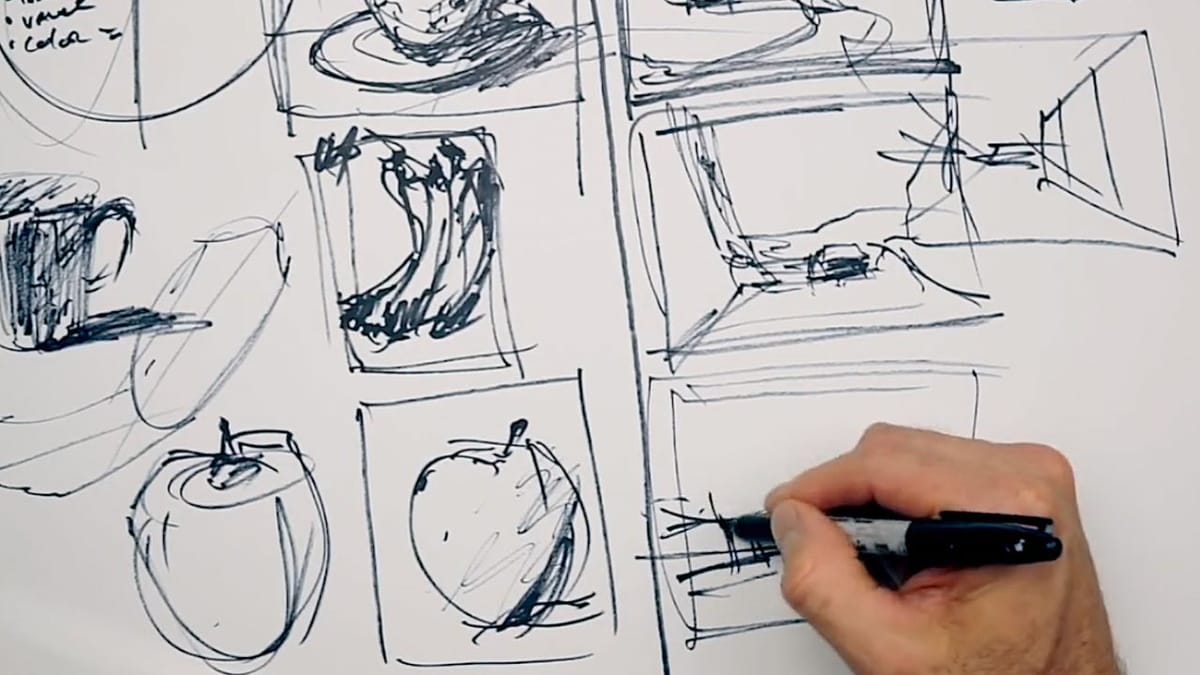
It’s clear the four drawing skills you’ve highlighted are crucial for acrylic painters to develop their artistic abilities and create visually compelling works. Let’s delve a bit deeper into each of these skills.
Let’s Have a Lookout Four Drawing Skills You Should Know
1. Basic Forms and Shapes
Mastering the ability to draw from observation using simple forms like cubes, cylinders, and spheres helps artists to break down complex subjects into manageable components. This skill improves accuracy and lays the foundation for accurately capturing proportions, perspectives, and spatial relationships.
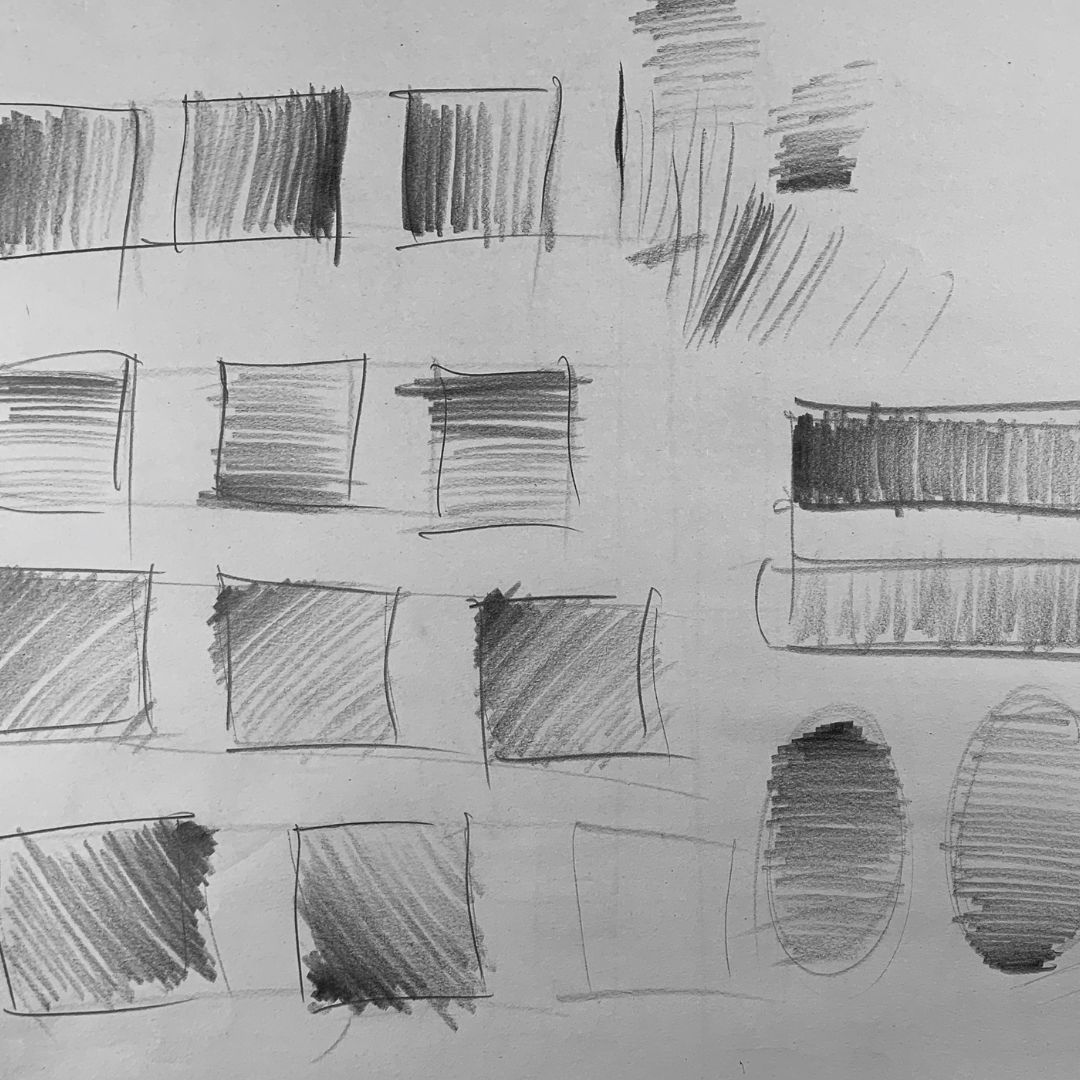
2. Gestural Exercises
Gestural drawing techniques focus on capturing the essence and energy of a subject rather than its intricate details. By using fluid and expressive strokes, artists can convey movement, mood, and personality. This approach encourages creativity and allows artists to infuse their personal style into their work.
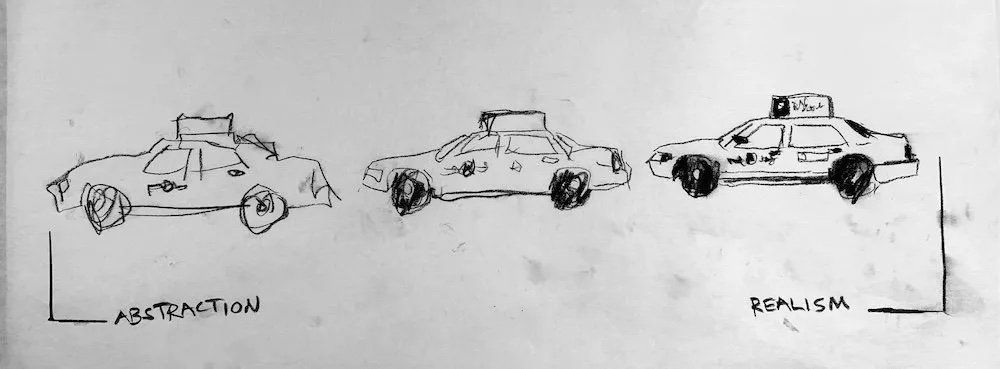
3. Design for Success
Understanding design principles like composition, balance, and rhythm is essential for creating visually appealing artworks. Effective design enhances the visual impact of a piece by guiding the viewer’s eye and creating a harmonious arrangement of elements. Artists need to consider how different shapes, sizes, and placements interact to communicate their intended message.
4. Value Hierarchy
Shading and creating a strong value hierarchy bring a sense of depth and dimension to artworks. Artists use light and shadow to model forms, create contrasts, and establish focal points. A well-executed value arrangement adds realism and visual interest to paintings, making the subjects stand out from the background.
The examples you’ve provided demonstrate how these skills are applied in practice. From using basic forms to express complex subjects to incorporating gestural techniques for expressive artworks, these skills collectively contribute to an artist’s versatility and ability to communicate effectively through their art.
While accuracy in drawing is important, your point about transitioning to more gestural and expressive approaches once foundational skills are mastered is valuable. This transition allows artists to develop a personal style and inject emotion and individuality into their work.
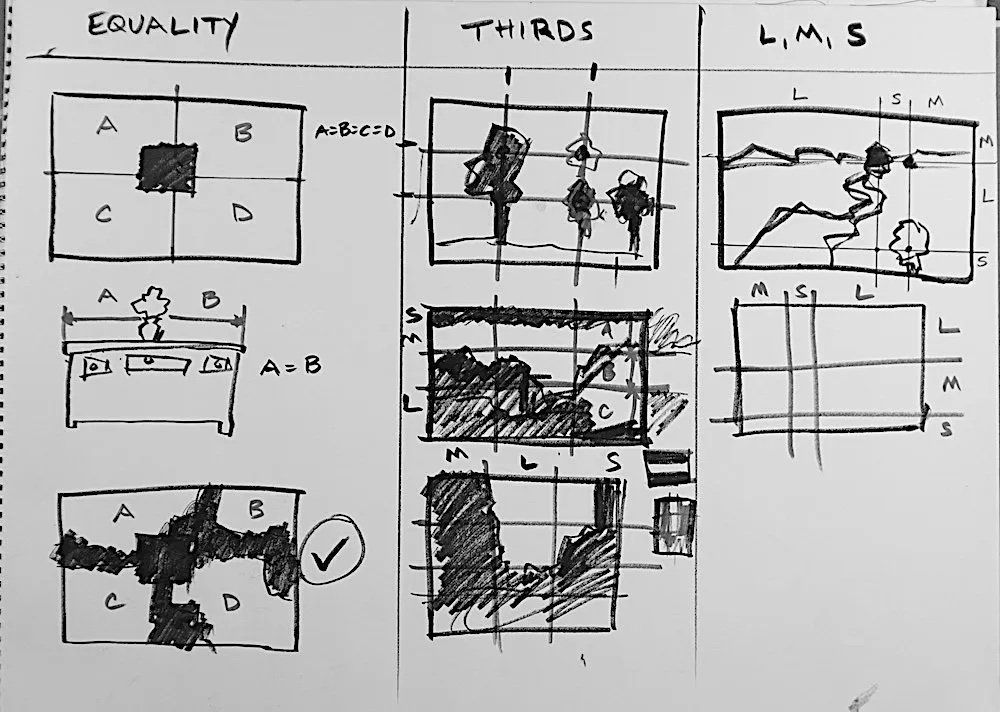
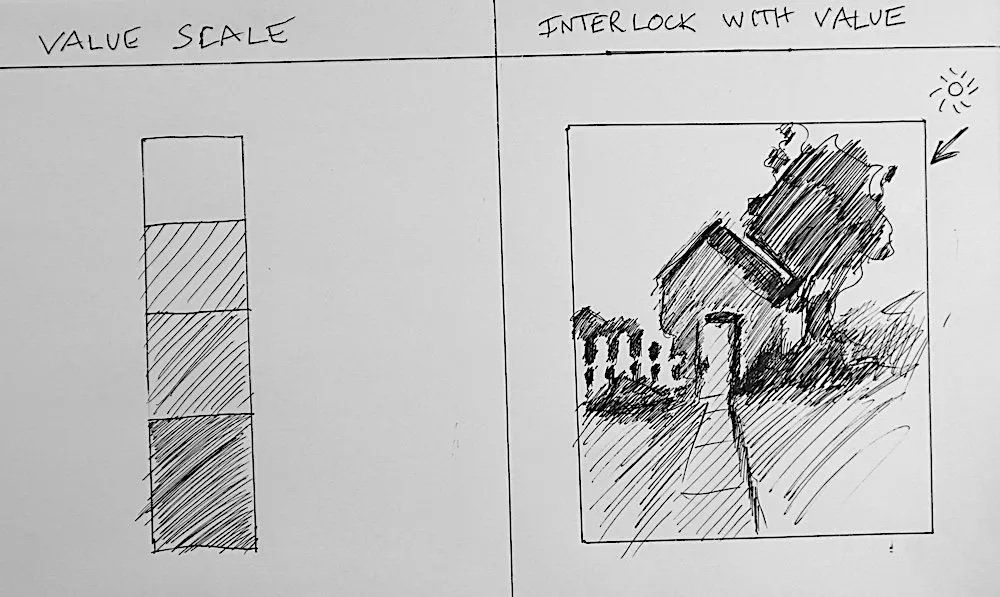
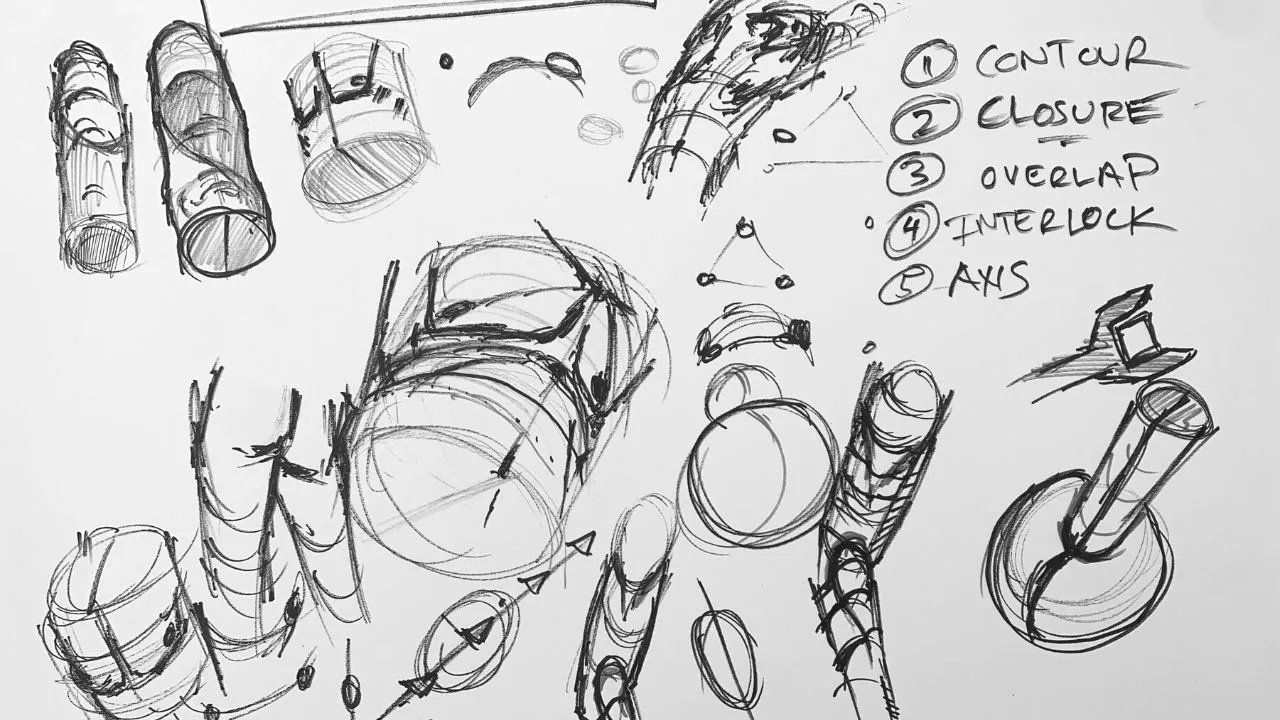
In conclusion
These four drawing skills are essential for acrylic artists to enhance their artistic abilities and create captivating artworks. By honing their proficiency in basic forms, gestural techniques, design principles, and value hierarchy, artists can develop a strong foundation for their creative endeavors and open up avenues for self-expression and artistic exploration.
